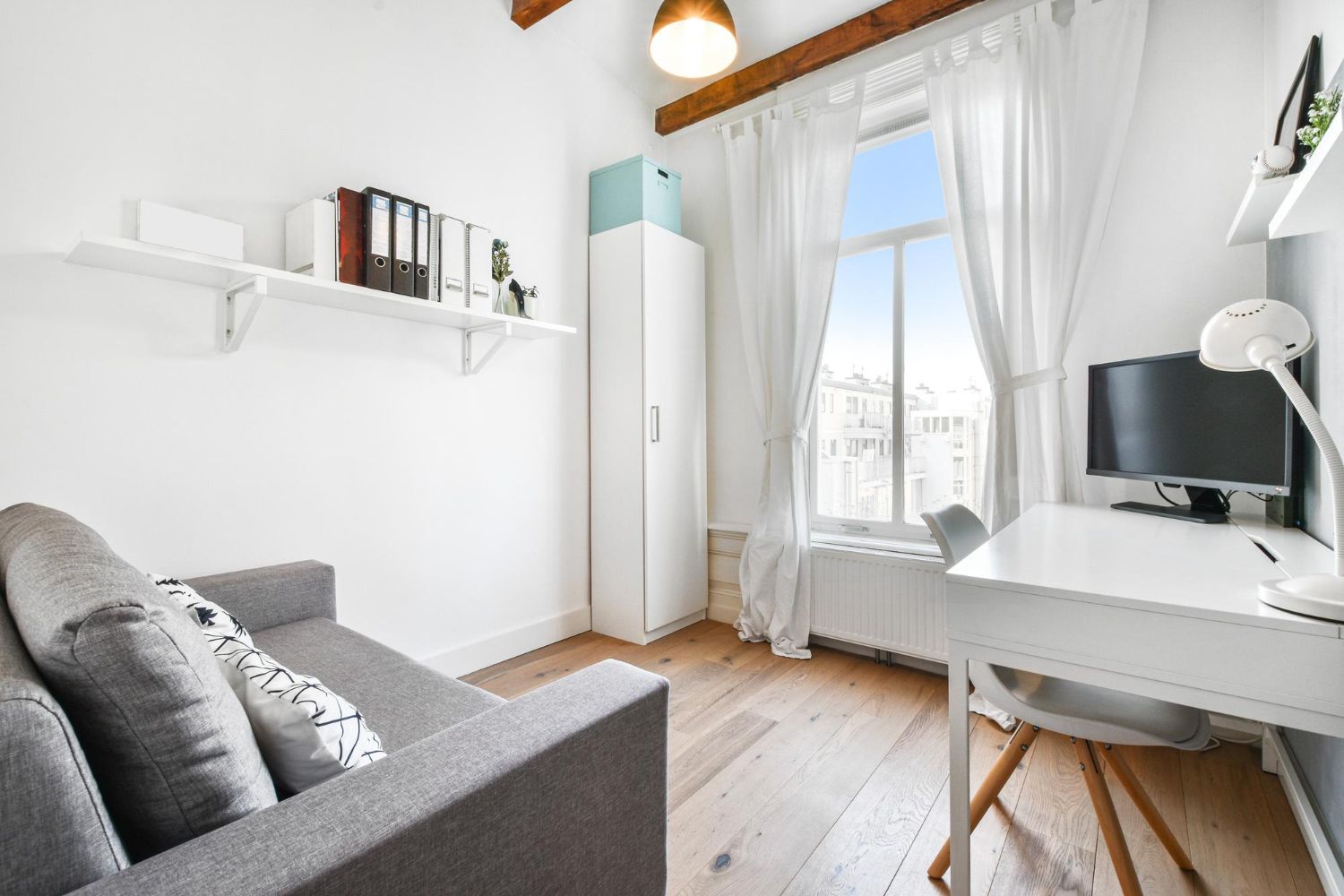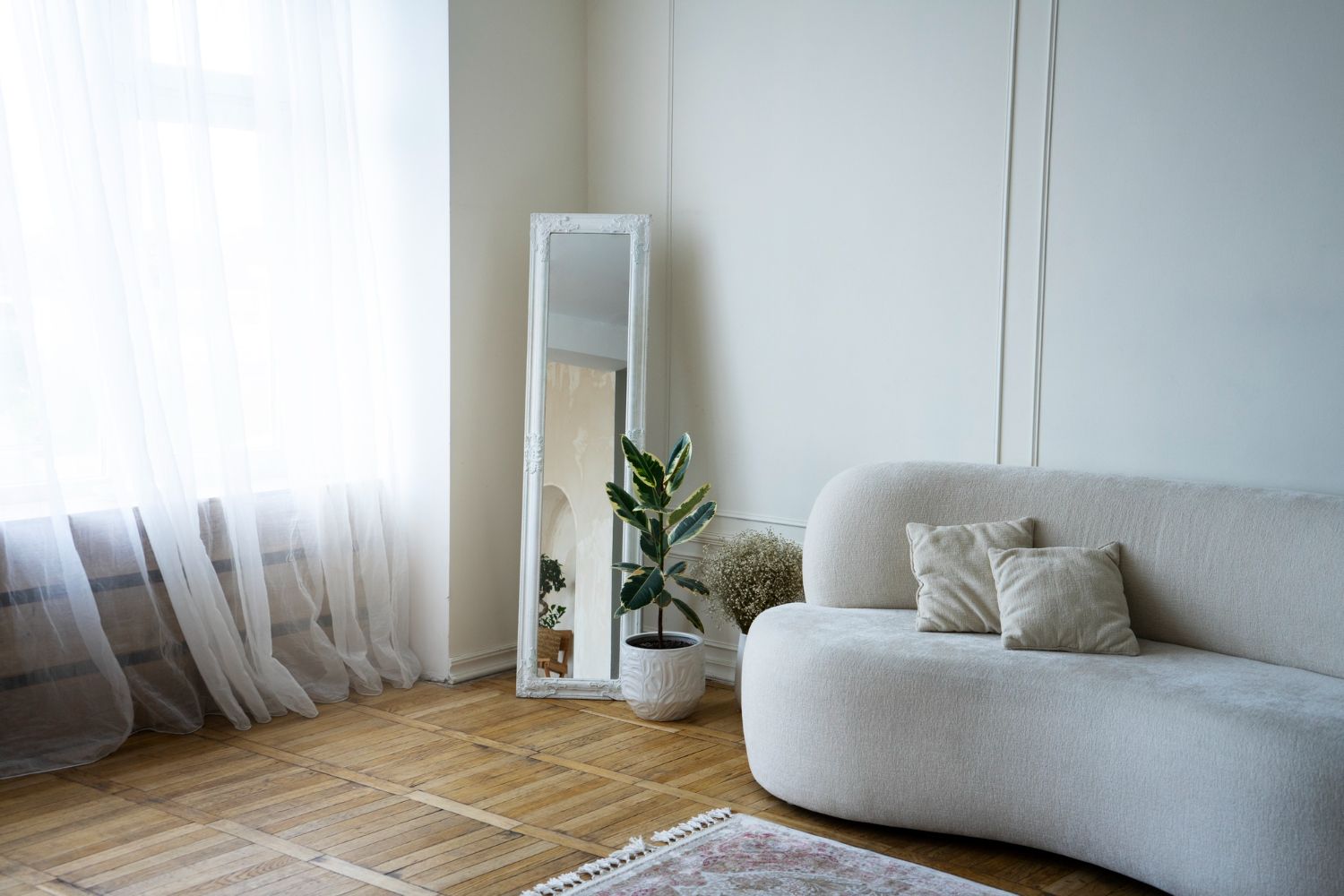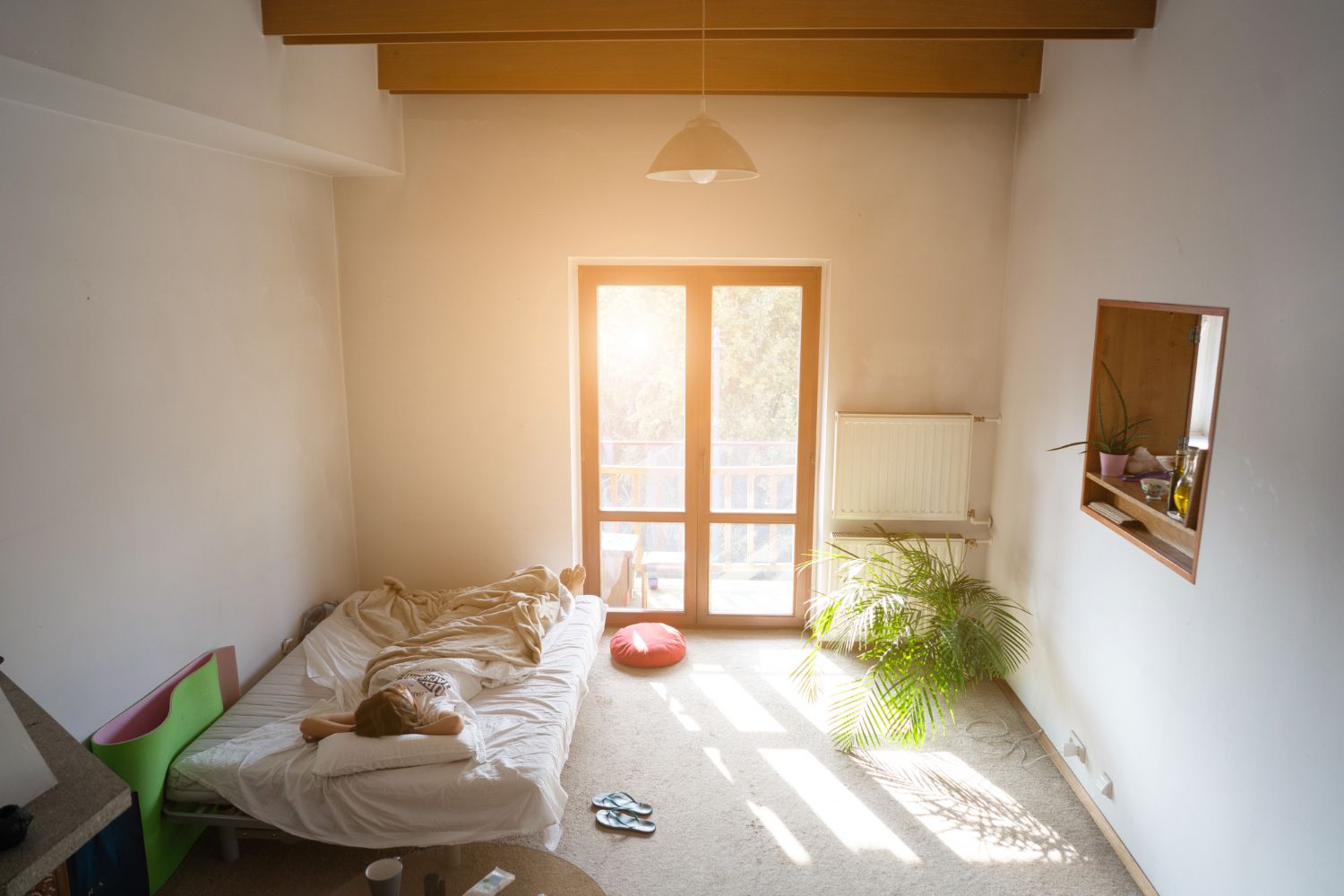Wood Flooring Ideas for Small Spaces

Selecting wood flooring for compact areas demands meticulous consideration of visual perception, material properties, and spatial dynamics. Limited square footage amplifies every design choice, making flooring a critical tool for manipulating how space is experienced. This guide synthesizes principles of architectural psychology, optical science, and practical installation techniques to transform constrained areas through intelligent wood flooring implementation.
Optical Engineering Through Flooring Direction
The orientation of wood planks directly influences spatial perception. Horizontal installations (parallel to the shortest wall) create an illusion of widened space by drawing the eye along the room’s length. This technique proves particularly effective in narrow hallways or galley kitchens. Conversely, diagonal or herringbone patterns introduce dynamic movement that distracts from room boundaries, though complex layouts risk visual clutter if not scaled appropriately. For ceilings under 8 feet, vertical installations emphasize height by leading the gaze upward. Professional installers recommend maintaining consistent directionality throughout interconnected spaces to avoid disruptive visual seams that fragment small areas.

Material Selection: Performance Meets Perception
Engineered Wood Advantages
The dimensional stability of engineered wood (composed of cross-layered plywood beneath a hardwood veneer) outperforms solid planks in spaces prone to humidity fluctuations like bathrooms or sunrooms. Modern micro-beveled edges reduce shadow lines that can segment floors, creating seamless expanses. Opt for wear layers exceeding 3mm to withstand refinishing—a crucial consideration since replacing flooring in tight spaces incurs disproportionate labor costs.
Species and Hardness Considerations
While traditional oak remains popular, its pronounced grain can overwhelm petite rooms. Fine-grained species like maple or birch offer subtle visual continuity. Assess Janka hardness ratings critically: walnut’s moderate 1,010 rating suits low-traffic bedrooms, but entryways demand species above 1,300 (e.g., hickory). For urban apartments, acoustic-rated engineered wood with cork underlayments reduces noise transmission—a frequent concern in multi-unit dwellings.
Color Psychology and Light Manipulation
Light reflectance value (LRV) measures how surfaces bounce ambient light. Pale woods (ash, white oak) with LRVs exceeding 70 maximize natural illumination in north-facing rooms or window-limited spaces. However, ultra-light floors show debris readily—a concern for high-traffic zones. Mid-tone greige or wheat stains (LRV 45-60) strike an ideal balance, camouflaging dust while maintaining brightness. Dark floors (LRV <30) create dramatic intimacy but demand strategic lighting plans: recessed LED strips along baseboards combat oppressive shadows in rooms under 100 sq ft.
Pattern Scaling and Layout Innovations
Oversized planks (7-9” width) minimize grout lines, enhancing flow in studio apartments. Yet in rooms narrower than 10 feet, moderate 5” widths prevent a "boardwalk" effect. Innovative chevron installations with 30-degree angles amplify depth perception when centered on the primary entrance. For irregular layouts, border framing with 2” planks defines zones without walls, creating psychological separation between living and dining areas in open-concept studios.
Texture and Finish: The Tactile Dimension
High-gloss polyurethane reflects light effectively but highlights every imperfection—problematic in pet-friendly households. Matte finishes disguise scratches while absorbing light, reducing visual noise. Hand-scraped textures introduce directional grain highlighting that subtly expands space when aligned with sightlines. Wire-brushed surfaces scatter light through micro-facets, adding dimensionality to monochromatic schemes. For vintage buildings, reclaimed wood’s natural irregularities distract from room constraints through narrative richness.
Transition and Continuity Strategies
Maintaining a single flooring material throughout interconnected areas dissolves spatial boundaries. Where material changes are unavoidable (e.g., transitioning to bathroom tile), flush metal transitions prevent tripping hazards while creating intentional thresholds. In multi-level small homes, aligning plank direction across stair treads and landings establishes vertical coherence. For sunken living rooms, waterfall installations wrapping planks down the step face enhance spatial fluidity.

Practical Maintenance for Constrained Layouts
Narrow areas accumulate disproportionate wear. Prefinished wood with aluminum oxide coatings withstands high-traffic corridors better than site-finished alternatives. Implement protective measures: felt pads under movable furniture, absorbent walk-off mats at entries, and humidity control between 35-55% to prevent gapping. In kitchens, satin finishes better disguise micro-scratches from frequent chair movement than matte alternatives.
Cost-Efficiency Analysis
While wide-plank solid wood averages $8-12/sq ft installed, engineered alternatives ($5-9/sq ft) offer superior stability in moisture-prone small baths. Luxury vinyl plank (LVP) replicates wood convincingly at $3-7/sq ft—ideal for rental units where replacement likelihood is high. Budget at least 15% extra for custom cuts around irregular obstacles common in small spaces. Crucially, invest in professional installation: imprecise seams in visible compact areas become magnified eyesores.
Psychological Impact of Design Choices
Vertical grain patterns subconsciously signal height, reducing claustrophobia in loft bedrooms. Warm undertones (red oak, cherry) foster intimacy in studios, while cool tones (grey maple) promote mental clarity in small offices. Continuous flooring subconsciously expands perceived square footage by eliminating visual interruptions—a principle validated by environmental psychology studies at Cornell University. Avoid high-contrast area rugs that fragment space; instead, use large low-pile rugs in matching tonalities to define zones without disruption.



